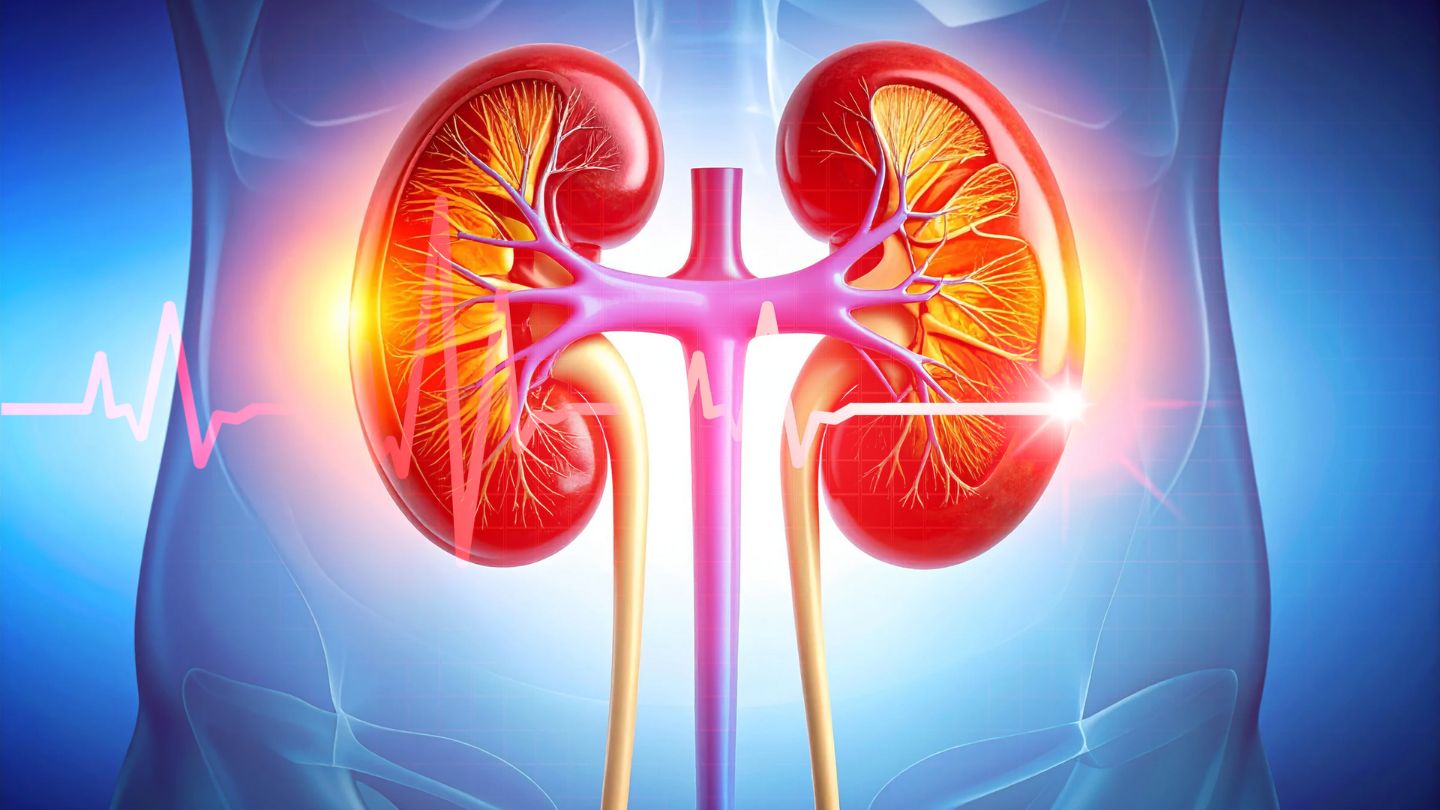Chronic kidney disease (CKD) and type 2 diabetes (T2D) are frequently encountered together in clinical practice. In fact, more than one-third of people with type 2 diabetes will eventually develop some degree of chronic kidney disease. This is not a coincidence—it’s the result of a complex and well-established interplay between glucose metabolism, vascular tone, and intraglomerular pressure regulation.
When both conditions coexist, the stakes are higher. Cardiovascular morbidity increases, progression to kidney failure accelerates, and patient outcomes worsen. And while we’ve made great strides in understanding the mechanisms behind diabetic kidney disease, our real-world treatment practices haven’t quite kept up.
A Discrepancy Between Evidence and Practice
Most nephrologists are well-versed in the value of RAAS blockade—ACE inhibitors and ARBs—as foundational therapy for patients with diabetic kidney disease. These medications remain cornerstones for reducing proteinuria and preserving renal function. But the past decade has introduced a new class of therapies with impressive renal and cardiovascular protective effects: SGLT2 inhibitors, GLP‑1 receptor agonists, and non-steroidal mineralocorticoid receptor antagonists (MRAs). The data supporting their use is no longer controversial. Yet their adoption in everyday clinical care remains surprisingly low.
A population-level analysis published in Nephrology Dialysis Transplantation (2022) highlights the extent of this treatment gap. The study examined over 260,000 patients with both T2D and newly diagnosed CKD and found that only 24% initiated a new antihyperglycemic agent within one year. Even among those with significantly elevated HbA1c or more advanced stages of CKD, initiation of newer agents like SGLT2 inhibitors and GLP‑1 receptor agonists remained low.
We’re not talking about theoretical treatments here. SGLT2 inhibitors like empagliflozin and dapagliflozin consistently reduce the risk of renal progression and major cardiovascular events in patients with diabetic kidney disease. Similarly, finerenone, a non-steroidal MRA, has demonstrated benefit in slowing CKD progression without the same degree of hyperkalemia seen in older MRAs. These drugs have reshaped the treatment landscape. So, why aren’t they reaching more patients?
Clinical Inertia, Complexity, and Cost
Part of the problem lies in the inertia of routine practice. Many patients are referred late in the course of disease, already on multiple medications, with providers hesitant to introduce another agent without a clear roadmap. Others are stopped shortly after initiation due to volume depletion, urinary infections, or cost-related concerns.
Then there’s the question of coordination. Endocrinologists, primary care physicians, and nephrologists each play a role in managing these patients, but the therapeutic handoff isn’t always clean. One provider may assume another is handling the diabetes, while the kidney disease remains sub-optimally addressed.
Additionally, clinical trials can’t always capture the complexities of real-world patients—those with advanced heart failure, multiple antihypertensives, variable kidney function, or social barriers to care.
The Path Forward
Despite these challenges, the solution is not to retreat from newer therapies, but to be more intentional about when and how we use them. The 2022 ADA/KDIGO consensus guidelines are helpful here. They offer a structured approach to managing patients with both CKD and diabetes—starting with lifestyle and glycemic control, but emphasizing early initiation of SGLT2 inhibitors and RAAS blockade regardless of A1c goals.
At Northlake Nephrology, we’ve made it part of our practice to routinely assess patients with diabetes for signs of kidney involvement, and to reevaluate their medication regimens through the lens of contemporary evidence. It’s not enough to wait for eGFR to fall below 30. By that point, we’ve already missed an opportunity to change the course of disease.
A Window of Opportunity
Chronic kidney disease in the context of type 2 diabetes does not need to follow a predetermined course toward dialysis. We now have the tools to slow—or even halt—its progression. But these tools are only effective when we use them. Early intervention, individualized therapy, and thoughtful collaboration between specialties can close the gap between research and reality.
There is, without question, a high unmet need in this population. But there’s also a high potential for meaningful change.
This blog references findings from a 2022 publication in Nephrology Dialysis Transplantation: “High unmet treatment needs in patients with chronic kidney disease and type 2 diabetes” (PMID: 36713227).



